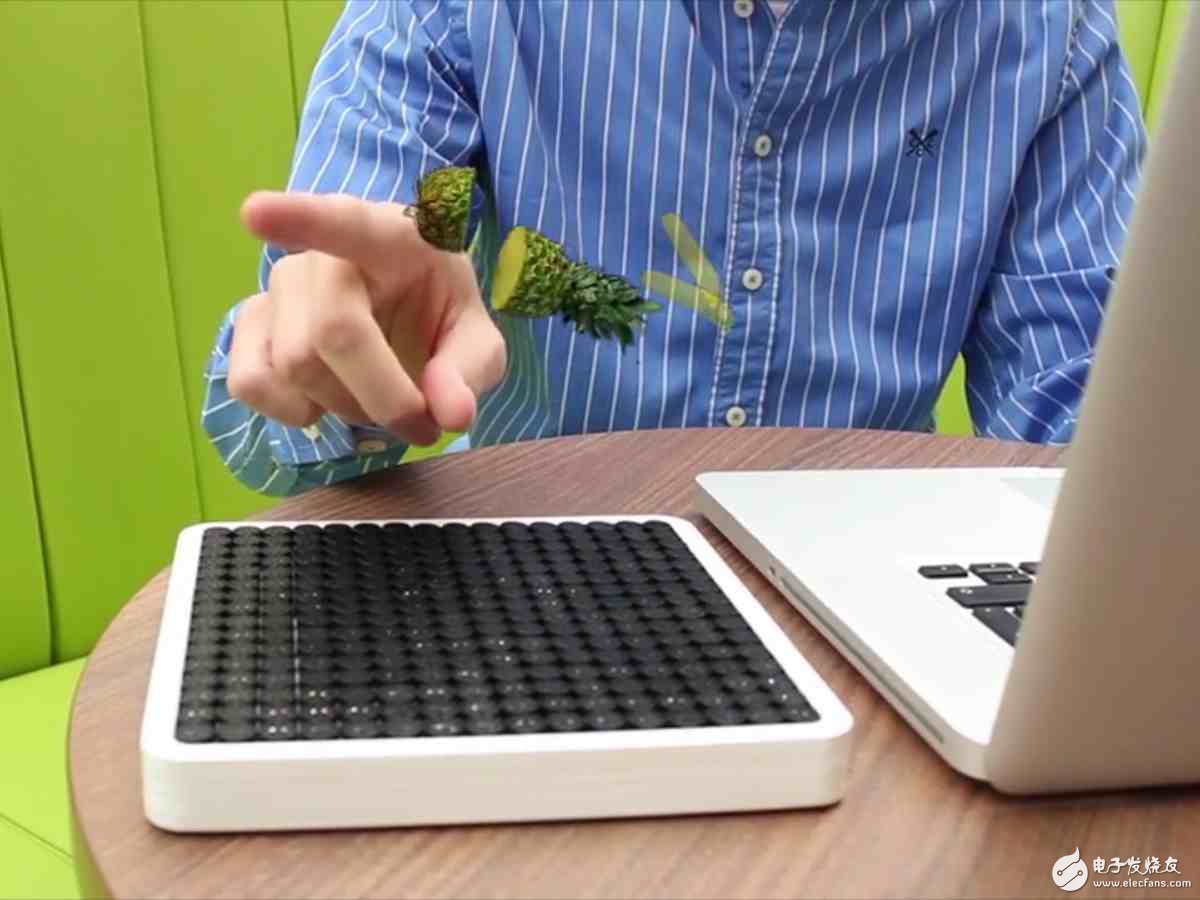Unity is one of the most popular video game engines in the world, and it is the backbone of many video games, mobile applications and even virtual reality (VR) experiences. As the demand for further in-depth VR technology continues to increase, we also need to integrate sensory technologies such as touch into engines such as Unity.

Ultrahaptics technology uses sound-based technology to allow users to experience the interaction with virtual objects with their bare hands without the need for gloves or other bulky sensor devices. This technology can create some pressure points in the air, and these pressure points can be molded into a 3D shape.
The company launched the core asset of ultra-tactile, namely "UCA", which is a new plug-in designed to allow developers to use ultra-tactile technology when creating new virtual reality and AR experiences.
UCA is currently in a closed test phase and plans to release a public test early in the third quarter of 2018. This is to allow designers and developers to add touch to a unified experience. This plugin will provide a series of pre-developed feelings that can be put into Unity projects. There will also be a visualization tool to show developers where the haptic technology is applied to digital objects and what it feels like. It also includes a scripting API that allows developers to write their own tactile perception.

Richard Hayden, Head of Digital Products at UltrahapTIcs, said: "We are very interested in this tool. Now, Unity developers can seamlessly integrate aerial haptics into the workflow they build.
Ceramic Housing
Ceramic Housing
YANGZHOU POSITIONING TECH CO., LTD. , https://www.cnfudatech.com